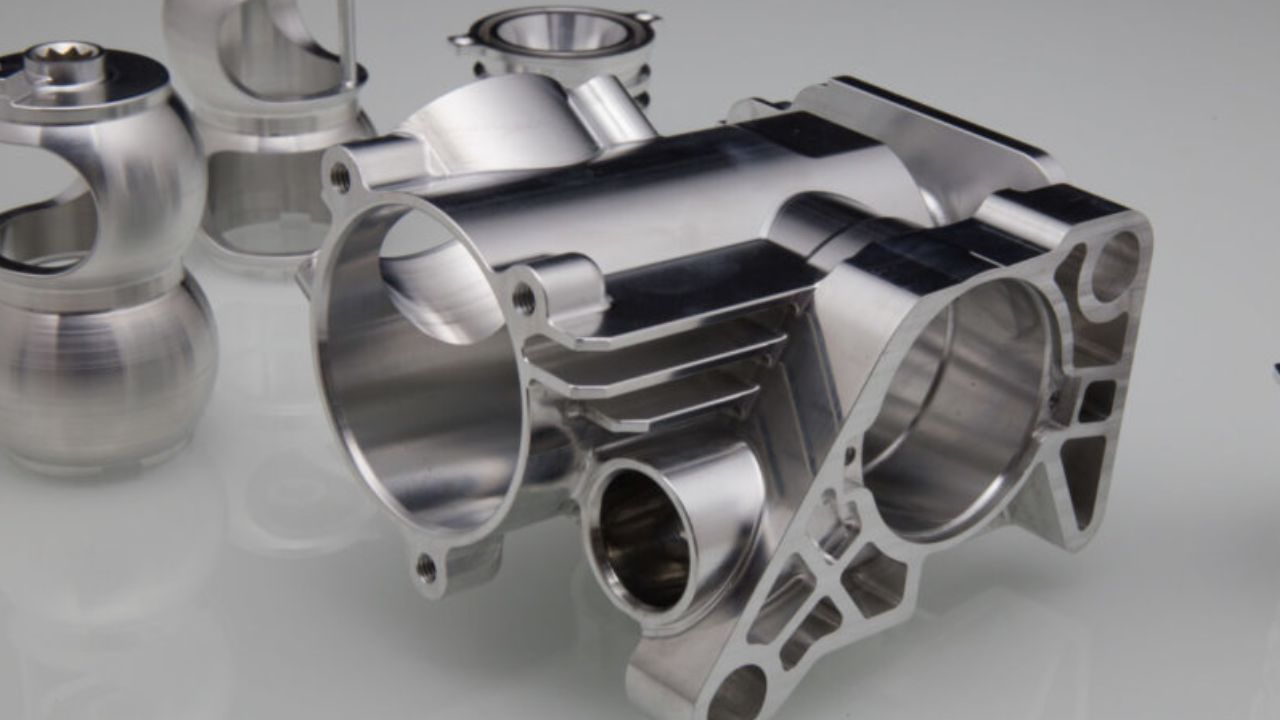Tolerances indicate the degree of accuracy needed to produce a component. The permissible variance in a part's final dimensions or measured value is defined by machining tolerances. Tolerance standards are developed by part designers taking into account the shape, fit, and function of the part. Tolerances for machining are crucial for the assembling of the pieces. Usually, a matching tolerance callout is displayed next to the part's relevant dimension.
On the other hand, the part requires less accuracy when the tolerance range is loose. Reduced tolerances result in higher costs because you will need more setups, longer cycle times, and additional specialized tools. To learn more about CNC Tolerance click here. A tighter tolerance, indicated by a smaller tolerance, indicates that the part requires greater precision.
What Is It Tight Tolerance?
A part's dimensions or sizes have very little leeway when it has tight tolerance. As a result, there is very little margin for mistake and the part must be manufactured to extremely precise specs. Tight tolerances are typically required when a part must perform extremely precisely or fit precisely with other parts, as in the case of aeronautical or medical applications.
Tight tolerances can range from 0.001′′ to 0.0001′′ or even tighter, depending on the requirements of the application. They are typically expressed in length or dimension units, such as millimeters or inches. It's frequently required to use sophisticated manufacturing techniques, such as CNC machining, to fulfill tight tolerances because these techniques may produce extremely accurate and exact products.
Factors Are Taken Into Account When Choosing Tolerances
The right tolerance limit prevents needless expenses while ensuring perfect part performance. Let's examine some things to think about when choosing the tolerances.
Higher Costs Associated with Tighter Tolerance Level
The cost and turnaround time of machining are significantly impacted by different tolerances. Since it takes longer and requires more manpower to manufacture the product slowly, tighter tolerances typically translate into greater costs. Tight tolerances also raise the possibility that an item may be scrapped if it falls outside of the tolerance range.
To attain the desired tolerances, the machine will therefore need unique jigs and fixtures. Finally, specialized measurement instruments are required for quality monitoring because of extremely tight tolerances. In general, the expenses of production and quality inspection go up with high-tolerance machining.
Level of Tolerance Is Material-Dependant
Choosing the right materials is important when calculating machining tolerances. Every substance has a different set of qualities. The levels of tolerance that a material can reach are influenced by these attributes. Some items to think about when selecting your supplies are listed below. Frictional heat can cause some non-metallic materials, such as plastics, to distort when a cutting process begins.
It is challenging to hold soft materials in place because, when they come into touch with the cutting tool, they continually bend and change size. It is challenging to maintain precise tolerances when using abrasive materials that are overly hard because they can wear down the cutting tool. Phenolics are a few examples of typical abrasive materials.
The Machining Methods Determine the Tolerance Level
Tolerances may vary depending on the manufacturing process used. Drilling, for instance, might be more accurate than milling or turning. Moreover, basic tolerances between CNC machines with varying axe counts may also differ.
It may be necessary to put your parts through multiple machining operations to achieve the small or extremely fine finishing characteristics you desire. Various machining procedures also result in varying surface roughness or features. Variations in machining techniques also result in variations in surface roughness.
Inspection of the Finished Product Is Affected by Tolerance Level
It is harder and takes longer to inspect something with tighter tolerances. Production costs are increased by the necessity for specialist measurement instruments and inspection techniques for products with tight tolerances.
Conclusion
Tolerance in design and manufacturing refers to the acceptable range of variation in a part's dimensions. When using a CNC machine, tolerances are essential. Tolerances minimize costs and shorten turnaround times by making the part's specifications clearer. Conversely, tolerances guarantee improved uniformity and appropriate functionality from the components.


